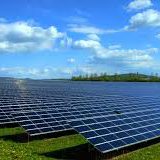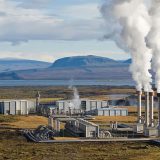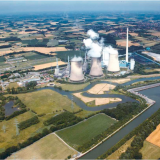The sun irradiates light in a periodical daily and yearly cycle onto the earth. The energy made available for us depends on the distance to the sun and fluctuates between 1230 and 1240 W per m². The average value is 1370 W per m² and is known as solar constant.
Continue reading






